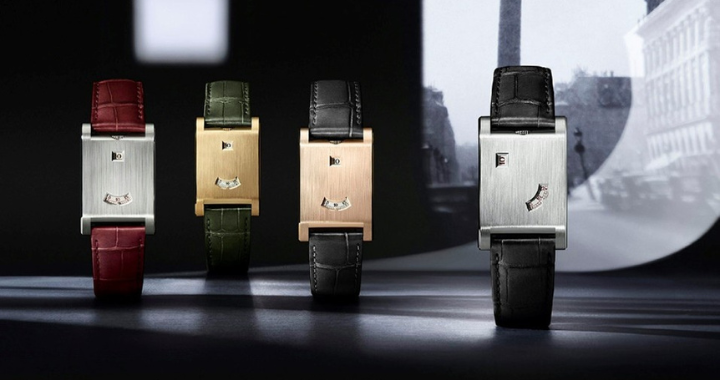One of the hotly anticipated announcements to come from this month’s Watches & Wonders fair was Cartier’s addition to their Privé collection. The Tank à Guichets, a 1920s Jump Hour model – and arguably the most distinctive of the Tank models – has been selected this year, reimagined in a choice of yellow, white and rose gold, plus a platinum model with rearranged ‘driver style’ dial configuration. Limited edition and likely to be extremely sought-after by collectors, the latter platinum version is to be released with only 200 editions. The price for this piece has not yet been released by Cartier.
The ‘Jump Hour’ watch features a sudden hour display instead of a conventional dial with sweeping seconds hand. At the advent of a new hour, the wheel ‘jumps’ along, resulting in a fuss-free and pared back dial. These innovative and charming watches were first designed in the late 19th century and found a popularity in the dawn of the Deco period, with watchmakers favouring bold lines and innovative design.
The original Cartier Tank à Guichets was released in 1928, evolving from the first Tank model 11 years earlier. The apertures, or ‘guichets’ replaced hands and created a minimalist, yet technologically advanced aesthetic. Incredibly rare, these early Tank à Guichets are infrequently seen at auction, with the below example selling at Phillips in 2017 for $131,250 and a 1929 example selling at Antiquorum in 1998 for CHF100,300. It will be interesting to see if any more original examples appear on the rostrum in the next few months following this re-release.
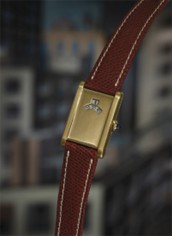
Previous re-releases of the Tank à Guichet have taken place from 1996 to 2006 but always released in very strict and limited production numbers – a total of three were released in yellow gold and platinum in 1996, and limited runs of 150 at most thereafter.
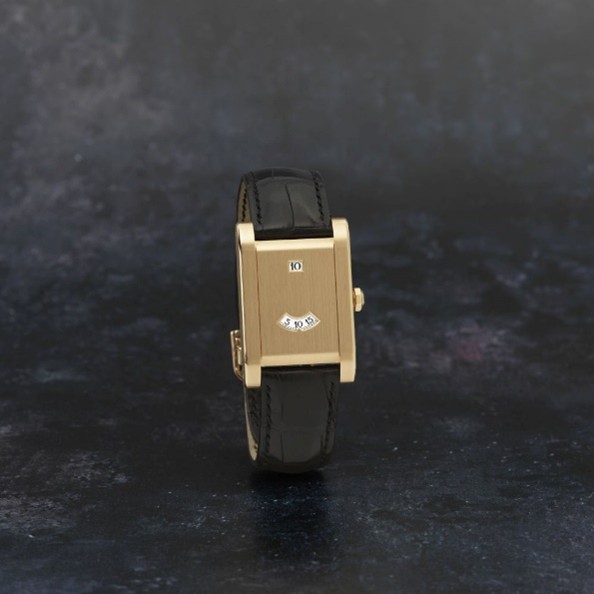
Cartier however is not the only watchmaker that has the jump hour watch within its design heritage. The idea for the jump hour came from engineer Josef Pallweber in 1883 for use on a pocket watch. Late 19th and early 20th century pocket watches with jump hour functions can be sourced at auction relatively affordably, anywhere from a couple of hundred pounds for silver examples, creeping into the thousands for fine examples by the likes of Breguet and Niton.
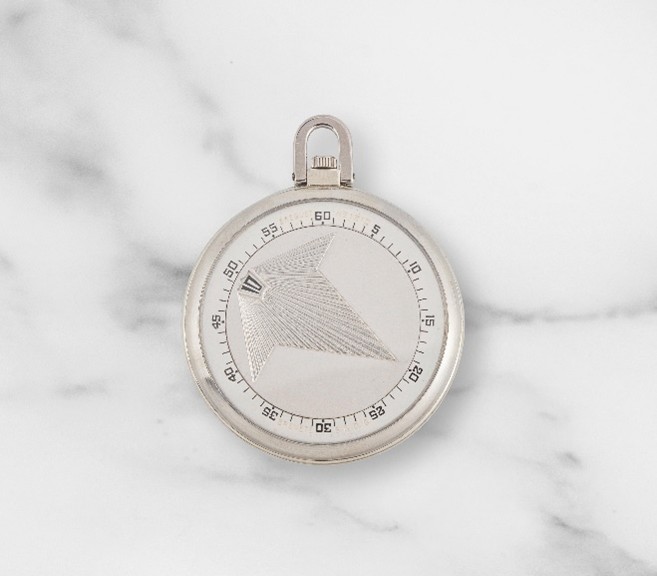
Jump Hour wristwatches were also produced by Rolex, Patek Philippe, IWC, and Bulova amongst others during the 1920s and 30s. As seen below, prices and values on these can vary drastically, with more commonly produced models such as the Rolex Prince below achieving less than £20,000, and more scarce or even unique models such as the Tiffany stamped Patek reaching in excess of six figures as it sold 20 years ago, with the likelihood it could achieve seven in today’s market.
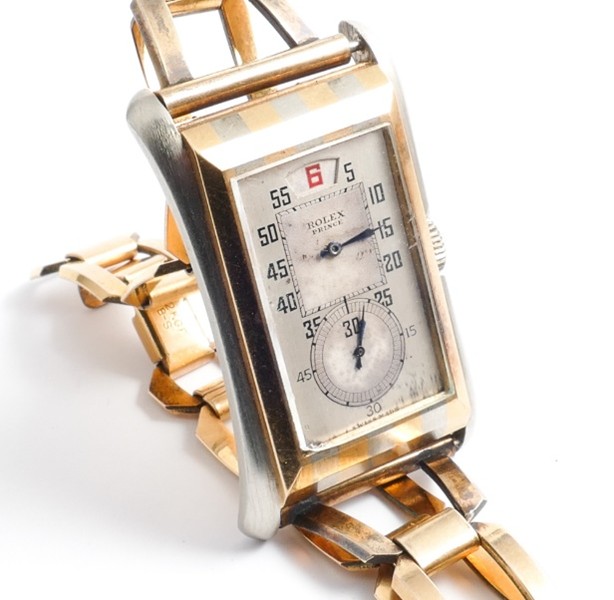
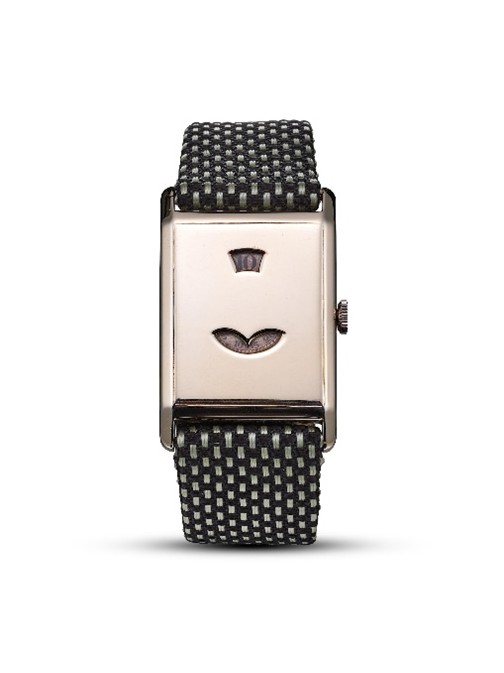
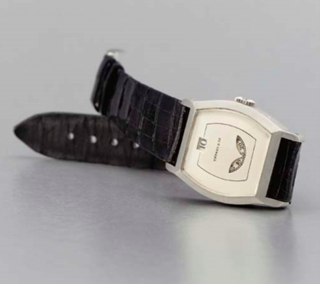
The quartz crisis interestingly saw a resurgence in design appetite for the jump hour watch, as the popularity of digital displays on electronic watches encouraged watchmakers and consumers in this design direction. These 1970s models included the Sicura and Cambino Jump Hour models, released in relatively large numbers and can be secured for less than £100 at auction.
Contemporary fine and independent watchmakers have used the jump hour function in the last 20 years or so to make design statements in limited numbers. These exclusive and interesting watches have been performing well at auction and look to increase further with the appetite for Jump Hours increasing following Cartier’s latest release.
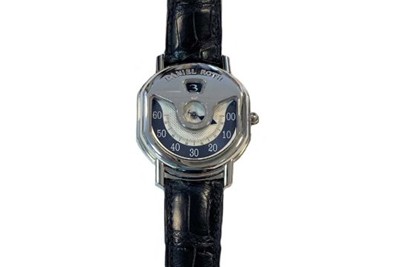
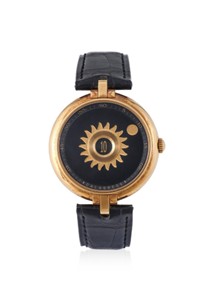
Late 19th, early 20th and 21st century jump hour watches are not only distinctive but are much rarer than their conventional dial with hands counterparts. It is vital that these pieces are adequately insured to reflect this scarcity and increasing market appreciation.
To arrange a watch valuation, call us on 01883 722736 or email us on [email protected]
Liz worked in Birmingham’s Jewellery Quarter for one of the UK’s leading regional jewellery auction houses whilst completing her FGA and DGA qualifications from the Gem-A, achieving top marks in each.
- Liz Bailey#molongui-disabled-link
- Liz Bailey#molongui-disabled-link
- Liz Bailey#molongui-disabled-link
- Liz Bailey#molongui-disabled-link






